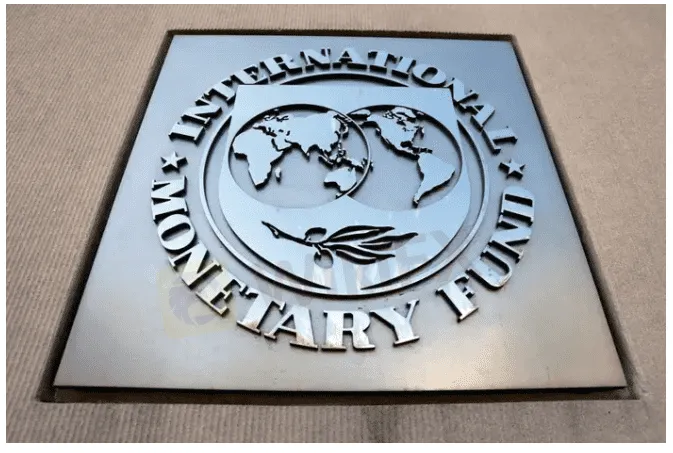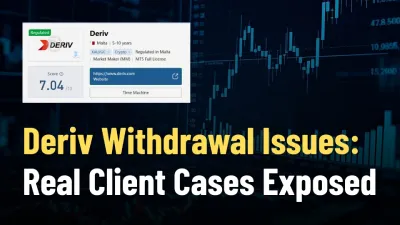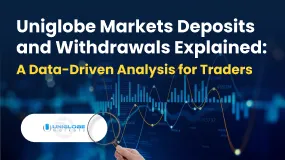简体中文
繁體中文
English
Pусский
日本語
ภาษาไทย
Tiếng Việt
Bahasa Indonesia
Español
हिन्दी
Filippiiniläinen
Français
Deutsch
Português
Türkçe
한국어
العربية
IMF warns of ‘stagflationary’ risks in Asia, cuts growth outlook
Abstract:The Asian region faces a “stagflationary” outlook amid significant uncertainty with economic growth being lower than previously expected and inflation being higher, a senior International Monetary Fund (IMF) official said on Tuesday.

The Asian region faces a “stagflationary” outlook, a senior International Monetary Fund (IMF) official warned on Tuesday, citing the Ukraine war, spike in commodity costs and a slowdown in China as creating significant uncertainty.
While Asia‘s trade and financial exposures to Russia and Ukraine are limited, the region’s economies will be affected by the crisis through higher commodity prices and slower growth in European trading partners, said Anne-Marie Gulde-Wolf, acting director of the IMFs Asia and Pacific Department.
Moreover, she noted that inflation in Asia is also starting to pick up at a time when Chinas economic slowdown is adding to pressure on regional growth.
“Therefore, the region faces a stagflationary outlook, with growth being lower than previously expected, and inflation being higher,” she told an online news conference in Washington.
The headwinds to growth come at a time when policy space to respond is limited, Gulde-Wolf said, adding that Asian policymakers will face a difficult trade-off of responding to slowing growth and rising inflation.
“Monetary tightening will be needed in most countries, with the speed of tightening depending on domestic inflation developments and external pressures,” she said.
The U.S. Federal Reserve‘s expected steady interest rate hikes also present a challenge to Asian policymakers given the region’s huge dollar-denominated debt, Gulde-Wolf said.
In its latest forecast issued this month, the IMF said it expects Asias economy to expand 4.9% this year, down 0.5 percentage points from its previous projection made in January.
Inflation in Asia is now expected to hit 3.4% in 2022, 1 percentage point higher than forecast in January, it said.
A further escalation in the war in Ukraine, new COVID-19 waves, a faster-than-expected Fed rate hike trajectory and prolonged or more widespread lockdowns in China are among risks to Asias growth outlook, Gulde-Wolf said.
“There is significant uncertainty around our baseline forecasts, with risks tilted to the downside.” she said.

Disclaimer:
The views in this article only represent the author's personal views, and do not constitute investment advice on this platform. This platform does not guarantee the accuracy, completeness and timeliness of the information in the article, and will not be liable for any loss caused by the use of or reliance on the information in the article.
Read more

Check Yourself: The Costly Trading Habits Every Trader Must Fix
Are the trading habits you barely notice the very ones quietly destroying your profits, and could a single overlooked mistake be costing you far more than you realise?

Scandinavian Capital Markets Exposed: Traders Cry Foul Play Over Trade Manipulation & Fund Scams
Does Scandinavian Capital Markets stipulate heavy margin requirements to keep you out of positions? Have you been deceived by their price manipulation tactic? Have you lost all your investments as the broker did not have risk management in place? Were you persuaded to bet on too risky and scam-ridden instruments by the broker officials? These are some burning issues traders face here. In this Scandinavian Capital Markets review guide, we have discussed these issues. Read on to explore them.

Deriv Withdrawal Issues: Real Client Cases Exposed
Deriv exposed via client cases of withdrawal issues, 13‑month refund delays, severe slippage, and disabled accounts despite multiple “regulated” licenses.

Uniglobe Markets Deposits and Withdrawals Explained: A Data-Driven Analysis for Traders
For any experienced trader, the integrity of a broker isn't just measured in pips and spreads; it's fundamentally defined by the reliability and transparency of its financial operations. The ability to deposit and, more importantly, withdraw capital seamlessly is the bedrock of trust between a trader and their brokerage. When this process is fraught with delays, ambiguity, or outright failure, it undermines the entire trading relationship. This in-depth analysis focuses on Uniglobe Markets, a broker that has been operational for 5-10 years and presents itself as a world-class trading partner. We will move beyond the marketing claims to scrutinize the realities of its funding mechanisms. By examining available data on Uniglobe Markets deposits and withdrawals, we aim to provide a clear, evidence-based picture for traders evaluating this broker for long-term engagement. Our investigation will be anchored primarily in verified records and user exposure reports to explain the Uniglobe Mar
WikiFX Broker
Latest News
GCash Rolls Out Virtual US Account to Cut Forex Fees for Filipinos
The 350 Per Cent Promise That Cost Her RM604,000
INZO Commission Fees and Spreads Breakdown: A 2025 Data-Driven Analysis for Traders
Garanti BBVA Securities Exposed: Traders Report Unfair Charges & Poor Customer Service
"Just 9 More Lots": Inside the Endless Withdrawal Loop at Grand Capital
Private payroll losses accelerated in the past four weeks, ADP reports
Core wholesale prices rose less than expected in September; retail sales gain
Consumer confidence hits lowest point since April as job worries grow
CFTC Polymarket Approval Signals U.S. Relaunch 2025
MH Markets Commission Fees and Spreads Analysis: A Data-Driven Breakdown for Traders
Currency Calculator




